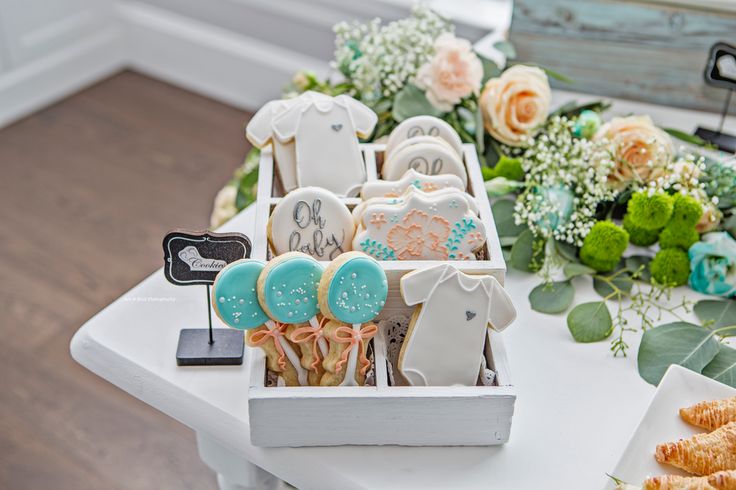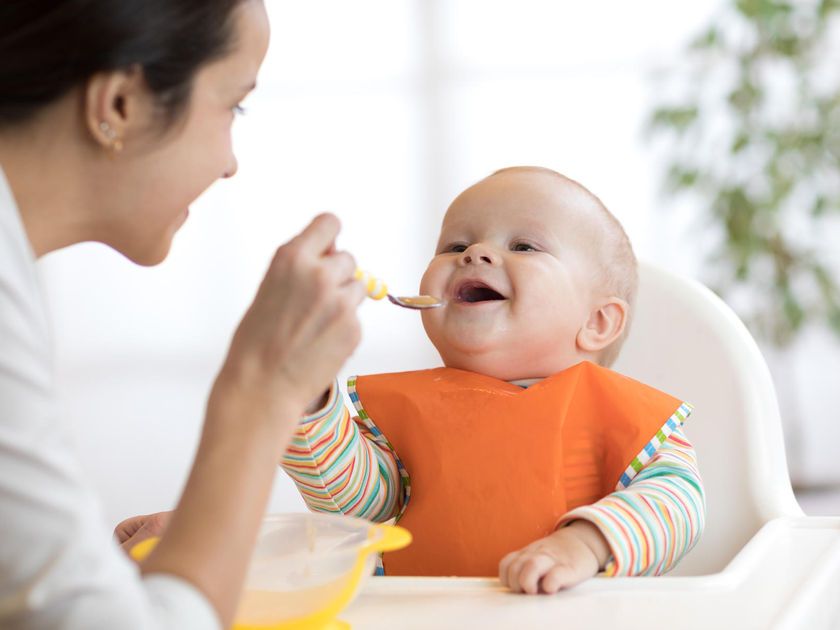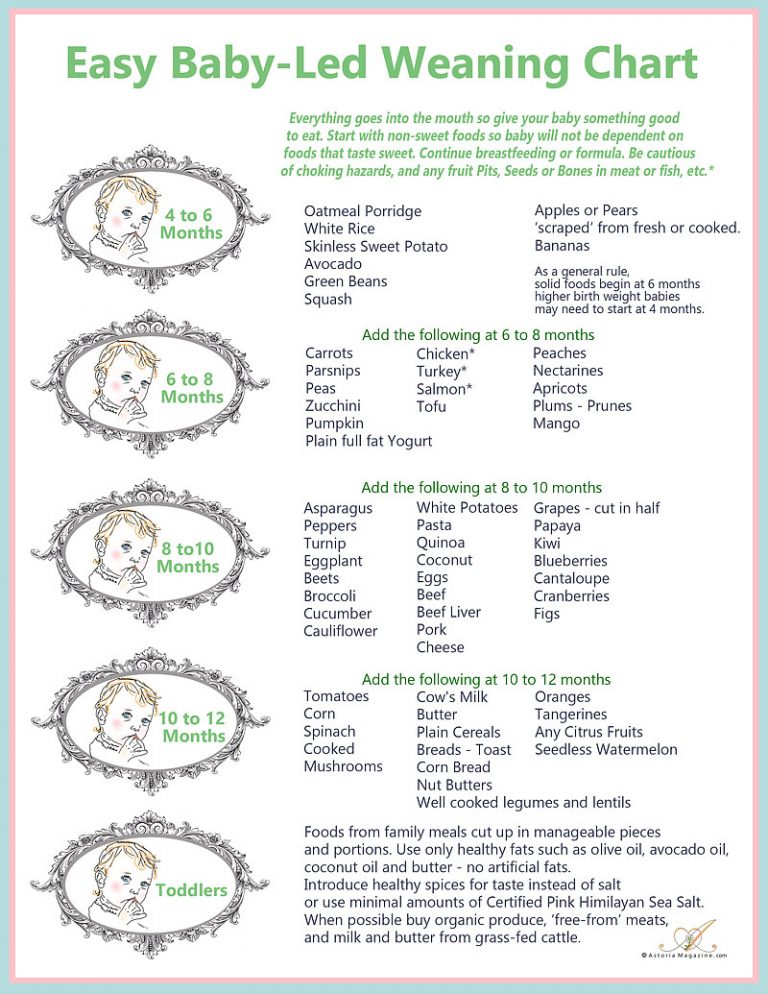Baby food when travelling abroad
Practical Tips for Managing Baby Food While Traveling
Your baby is ready to start eating solid foods and you have a trip planned. While preparing for your trip you might be wondering what the best way to manage baby food when traveling abroad is.
The easiest way to feed baby solids on your holiday is by following the principles of baby led weaning. Even if this isn’t the route your family has chosen for introducing solids to your baby, with the right equipment and a little preparation, feeding your baby solids on the go is still quite manageable while traveling.
This post contains compensated links.
When to Introduce Solids to Your Baby
The most common age to introduce solids to a baby is around 6 months. Some babies might be ready or interested in food earlier or later than this, but this is a pretty typical age to start.
Breastfeeding or formula will still be the main source of food for your baby even once you start solids. It remains an important part of your baby’s diet right through to 12 months old (and further, if you choose to breastfeed for longer).
When traveling with a baby eating solids, you’ll want to ensure your baby is staying hydrated and continue to offer formula and breast milk on demand.
Also be prepared to see less as your baby is learning to eat solid foods. When you are feeding your baby solids on the go, you’ll be giving your baby food a couple times of day, so it will take up a larger portion of your sightseeing time.
How to Plan Travel Food for Babies
Planning baby food when traveling abroad will really depend on how you choose to introduce solids to your baby. For some, baby led weaning is the right choice and this means far less preparation. You can feed your baby finger foods right off your plate.
This works especially well for travel food for toddlers who are used to eating different foods.
For babies who are brand new to eating solids and just figuring out how to eat, it will take a little more preparation. When you start your baby on solids, you often will introduce one food at a time to rule out any allergies.
If you are still in this stage, you can plan to stick to those foods or cereals that your baby is already eating. You can easily prepare warm cereal using one of these baby travel food warmers.
If you aren’t doing baby led weaning, have a list of the foods your baby eats at home. For easy solid foods like bananas, avocados and bread, you can easily purchase those at your destination. For other traveling food for baby, like cereals or ready-made pouches, you can pack those in your luggage or your diaper bag backpack.
While you might want to prepare all homemade baby food for your baby, keep in mind that ready-made food is easier to travel with than homemade food and it will last longer.
If your baby isn’t quite into eating finger foods, you can keep making baby food while traveling by traveling with a hand crank food mill to grind up food for your baby.
This baby food timeline is a great reference of what your baby can eat at different ages.
6 Baby Travel Food Ideas
In our experience, our babies ate less solids when we were traveling. Perhaps due to the unfamiliar environment, the change in routine or less familiar foods. We still offered solid foods at each meal, but let our baby choose how much to eat.
Perhaps due to the unfamiliar environment, the change in routine or less familiar foods. We still offered solid foods at each meal, but let our baby choose how much to eat.
You might also find that your baby is drinking breast milk more or drinking more formula. This is a great way to ensure your baby stays hydrated while traveling.
As for creating travel baby food, here are some of our favorite foods to feed baby while traveling:
- Without question, some of our favorite baby travel food are easy to mash foods that don’t require cooking like bananas, mangoes, avocado, berries.
- Renting an Airbnb with a baby is a great way to get access to a kitchen. If you have access to a kitchen, you can cook soft vegetables (peas, carrots, sweet potatoes).
- Depending on your access to other foods, other great options for cooking baby food while traveling are scrambled eggs, tiny bits of chicken, shredded cheese, cooked pasta, toast strips.
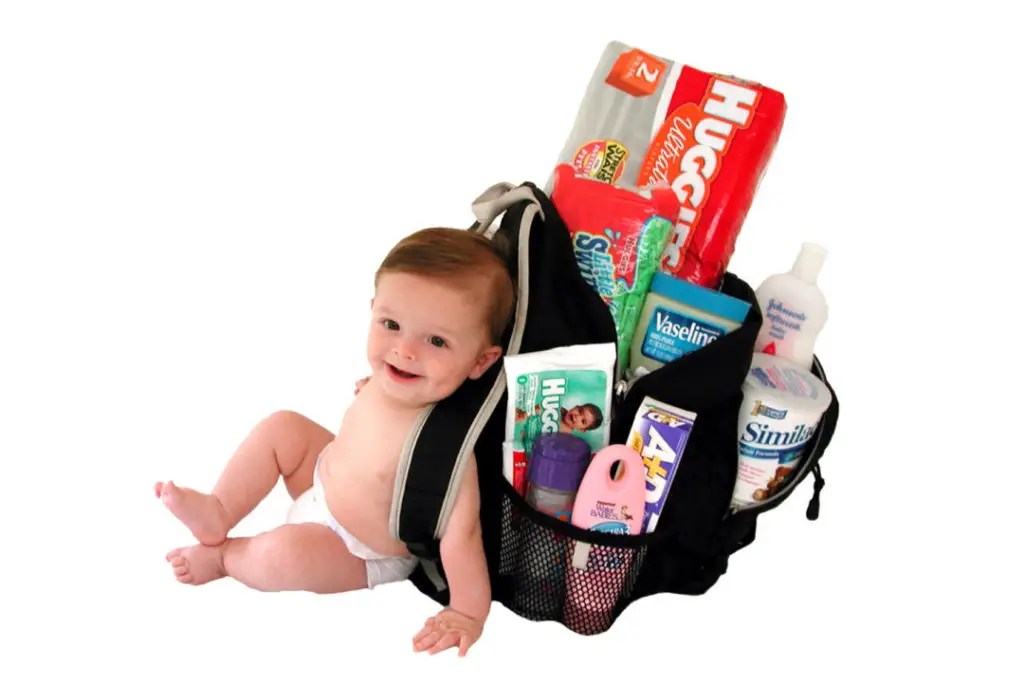
- For traveling with a baby that is very new to eating solids, you can bring single-grain cereals usually fortified with iron and mix it with formula, breast milk or water. We find mashing up a banana in these cereals is a fun and yummy baby food while traveling.
- If your baby is eating dairy, Greek yogurt is also another easy, nutritious and filling option for baby food while traveling.
- You’ll also want to have a plan for picky toddlers. We love these toddler breakfast ideas; the ‘no recipe’ ideas are perfect for traveling with a picky toddler.
In addition to having ideas for good baby food while traveling, do some research into your destination to determine if baby food is easily accessible. By way of example, this post on finding baby food in Japan discusses where to find baby food in a foreign country. If there’s any doubt, you can pack ready-made pouches as a back-up option to feed your baby while traveling.
For shorter trips or road trips with a baby, you can travel with homemade baby food by packing a cooler with frozen purees to feed your baby on your trip.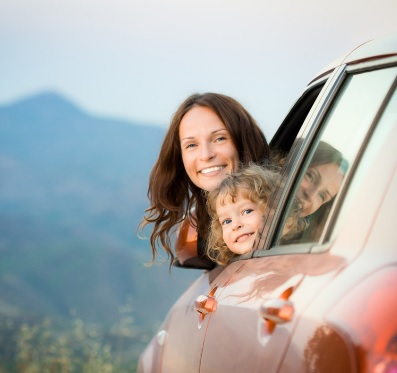
13 Tips for Feeding Baby Solids While Traveling
Travel with baby food and the preparation of travel food for babies can feel overwhelming. It might not seem like it’s worth traveling with a baby at this stage of your baby’s development.
However, if you go into with the right expectations and a little preparation, we are certain you will find traveling with a baby eating solids to be just as enjoyable as any other time.
Here are our best tips for feeding your baby solids on vacation:
1. Bring a Travel High Chair
Be prepared with one of these best portable travel high chairs. Even if you are traveling in a country where high chairs are readily available, a travel high chair will be a life saver for feeding your baby in the hotel room or Airbnb apartment.
2. Prepare for the Mess
You’ll be astounded at how messy babies can be when eating solid foods. Most of the food will have one destination and that will be the floor. In a hotel room, you can put towels or a sheet around where your baby is eating.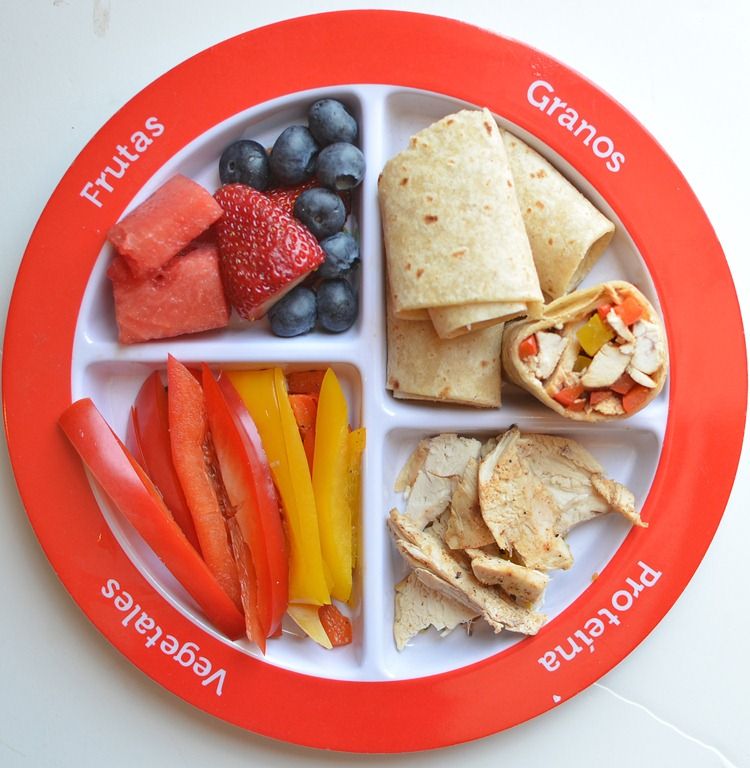
We traveled with a plastic table cloth many times and enjoyed how quick and easy clean ups were. It was also useful travel gear for feeding our baby or toddler in a park while out.
When you eat at restaurants with a baby, don’t forget to tip your server a little extra for the inevitable mess you are going to leave behind.
3. Bring Baby Food Equipment
Bring any baby food preparation equipment that will make preparing baby food while traveling easier. Or for older babies, get them used to eating finger foods that you can serve off your plate. We also packed a reusable placemat that allowed us to put the finger foods down directly in front of our baby or toddler.
4. Bring Baby Food Containers for Travel
Bring along snack cups for travel or freezer bags so you aren’t constantly trying to find new food to feed your baby.
5. Know Baby Foods That Work
Prepare a list of baby travel foods that you know your baby will love and eat while you travel.
6. Manage Without a Kitchen
If you don’t have access to a kitchen, going to a buffet restaurant or deli-style counters are a great way to get some steamed vegetables that you can mash for your baby. Another idea to easily get healthy vegetables for your aby while traveling is to order steamed vegetables as a side dish in a restaurant, then mash them up and feed to your baby.
7. Start New Baby Foods at Home
To expand the list of baby foods you can use while traveling, it’s best to try new baby foods at home. Be sure to space the new foods a few days apart so you can rule out any allergies.
8. Bring Baby Food to the Restaurant
If you are unsure of what food your baby will eat at the restaurant, don’t be afraid to bring your own baby food to restaurants.
9. Keep Your Baby Hydrated
Most importantly, while traveling keep your baby hydrated by offering breast milk or formula. Even if your baby is eating less solid food than at home, you’ll know your baby is still getting the important nutrients they need.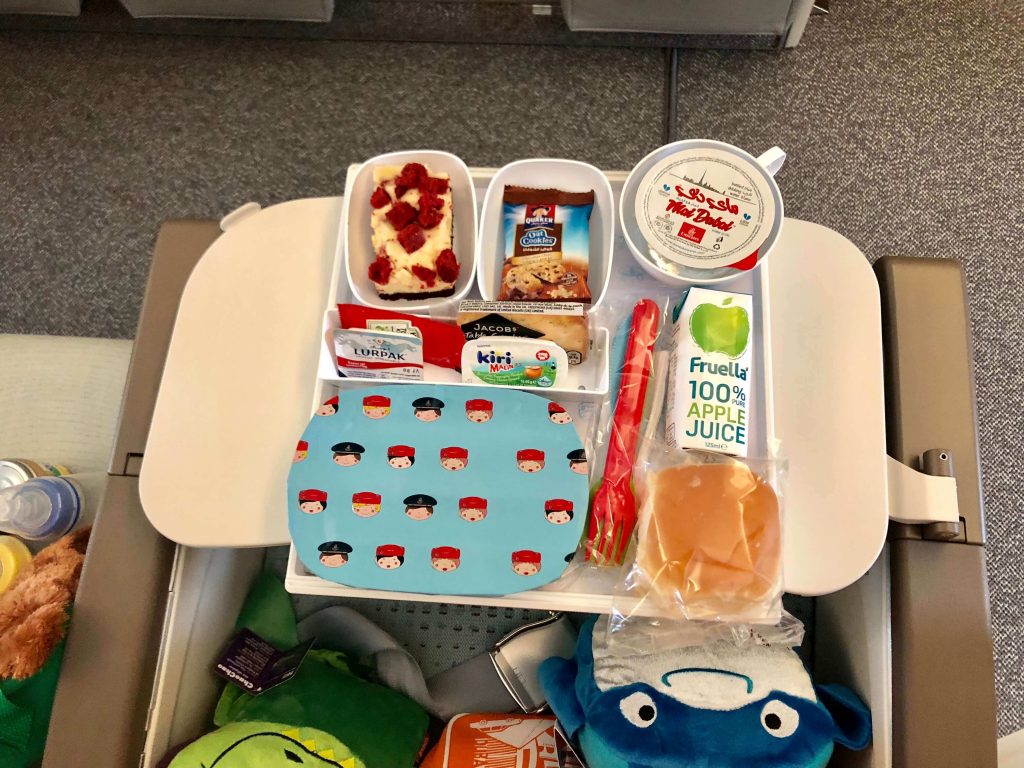
10. Follow Baby Food Safety
Make sure you have access to a fridge for any leftover baby food. Feed your baby out of a separate container to avoid any germs contaminating your leftovers. Bring a small cooler if you plan to bring food out with you for the day.
11. Feed Solids on the Go with a Stroller
Once your baby or toddler has been eating solids for some time, you can save some time baby feeding solids on the go if you travel with a stroller. We would feed very small pieces of fruit using the stroller snack tray while we walked. Don’t worry, if your stroller doesn’t have a snack tray, you can find these stroller accessories to add to your stroller.
Take extra precautions to watch your toddler to make sure she isn’t putting too much in her mouth and avoid any foods that may be at risk of choking. Baby food pouches are a great option in this instance.
12. Keep it Simple Feeding Baby on Flights
For flying with baby food, we recommend keeping it simple.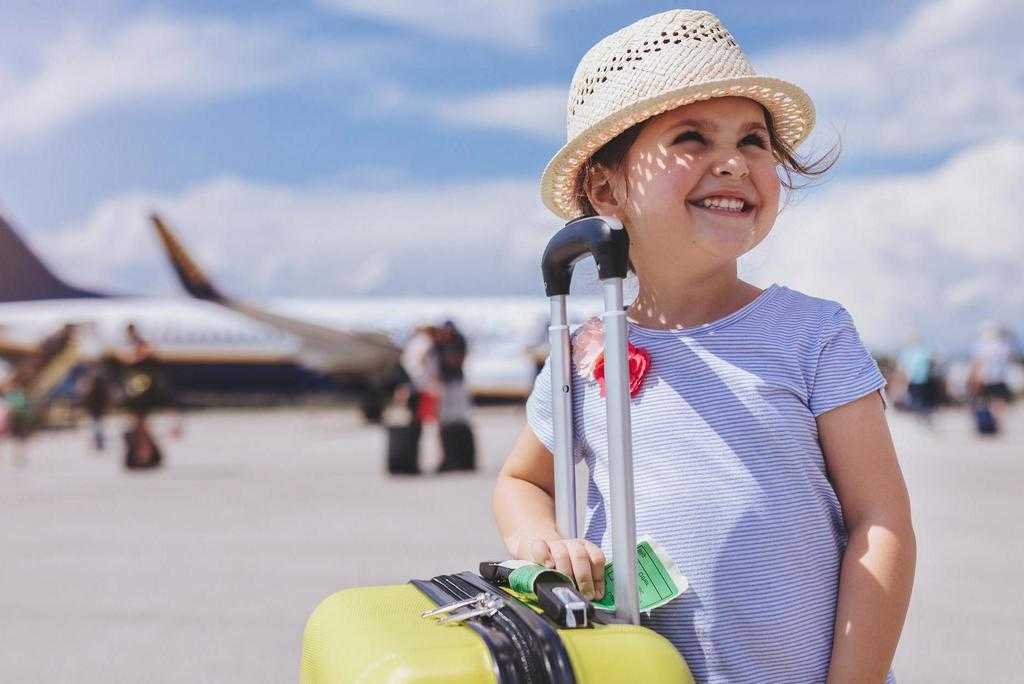 Pack some premade baby food for on the plane and don’t forget some snacks for your baby or toddler.
Pack some premade baby food for on the plane and don’t forget some snacks for your baby or toddler.
You’ll also want to breastfeed or have bottles ready to help with your baby’s ears when flying with a baby.
See also: Breastfeeding on a Plane
13. Buy Fresh Produce Upon Arrival
Countries typically have pretty strict rules about bringing food (especially produce) across international borders. You’ll have the easiest time by traveling with prepackaged food and make sure to declare it. If you are worried, then make sure to finish all your baby food on the plane.
What to Pack for Travel with a Baby Eating Solids
Wondering what to pack for preparing baby travel food? Here are our recommended products for feeding your baby solids on vacation. We’ve included travel baby food containers, baby food preparation equipment and even some ready made food and snacks to pack.
SHOP ALL DIRECTLY ON AMAZON
Find all these and more in our convenient Feeding Baby Solids on Holiday shopping list on Amazon.
Frequently Asked Questions about Travel Food for Babies
How to prepare baby food while traveling?
If you have access to a kitchen, you can cook fresh steamed vegetables or fruits to mash up for your baby. Without a kitchen, cereals or foods that don’t require cooking will be easier to prepare for your baby.
How do you travel with baby puree?
The easiest way to travel with baby puree is by using ready-made puree in jars or pouches. Alternatively, you can travel with your own homemade baby puree. Keep your homemade baby food cool by bringing it in a cooler with a gel or ice packs.
What can I feed my 1 year old when traveling?
Finger foods are the easiest to feed a 1 year old when traveling. Get your toddler used to eating finger foods off your plate. We like using a reusable place mat to offer food to our toddler when traveling.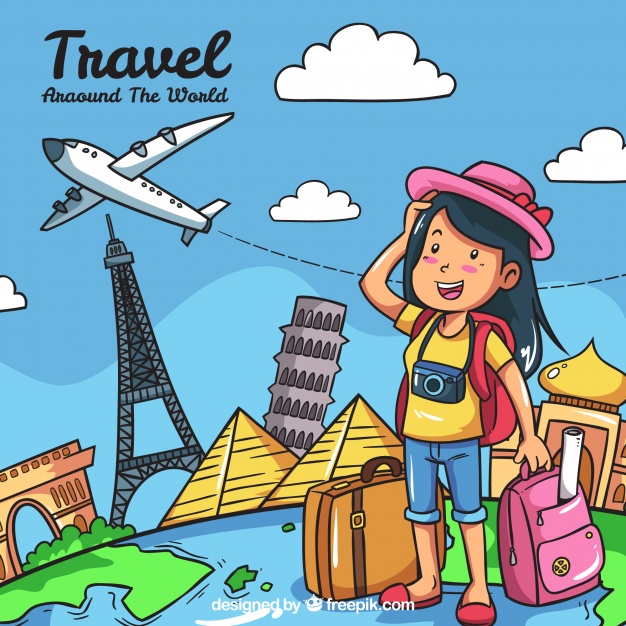
Can you take puree baby food on a plane?
Yes, you can bring baby food on a plane, including puree baby food. Whether it’s ready-made pouches or homemade food, just be prepared to present it to the security officer when going through airport security with your baby.
How much baby food can I carry on a plane?
If you are flying with a baby or toddler who is under two years of age, you can bring baby food, formula, milk, water and juice in reasonable quantities that you would need during the flight. Unfortunately, the “reasonable quantities” isn’t further defined, but it is exempt from the 3.4 oz or 100 milliliter restriction.
Additionally, you may bring gel or ice packs to keep your baby food cool on your flight.
Here’s more info on taking baby food on the plane:
Baby Food & Airport Security – Canada
TSA & Baby Food
Can you take water on a plane for baby?
You can take water on a plane for baby, in reasonable amounts that you would need during your flights with your baby. Make sure you present it to the screening officer at inspection.
Make sure you present it to the screening officer at inspection.
Can you pack baby food in checked luggage?
Yes, you can pack baby food in your checked luggage. Prepackaged baby food is the easiest to travel with, just make sure it’s well protected in your luggage and you declare it as required at customs.
Can you take baby snacks through airport security?
Yes, you can take food for your baby through airport security. All baby food, drinks, water, milk and formula need to be presented to the security officer.
Here’s more info on taking solid baby food through airport security in Canada.
What’s the best way to handle baby food and airport security?
When going through TSA with baby food, always present all liquids and baby food to the screening officer. The TSA will want to inspect baby food pouches and any other food or liquids you are bringing on the plane for your baby.
Here’s more information on the TSA & Baby food.
Can you take baby food on international flights?
You can take baby food on international flights. For any fresh produce or other foods that you shouldn’t be crossing international borders with, make sure to finish it before you get off the plane.
Can you take baby food through customs?
You should declare ALL food that you are bringing through customs, as required by the country that you are entering. This includes any homemade or ready-made baby travel food in your carry-on or checked luggage.
Shop all our recommended products on Amazon
Worried about what you might feed your baby while away from home? This post from Top Reveal has an excellent list of 21 Best Easy as 1-2-3 DIY Baby Food Recipes. I especially like the Avocado and Banana Mix since this can easily be done with just a fork!
Pin It For Later!
TRAVELING WITH BABY FOOD • IDEAS • PACKING TIPS & RULES
Traveling with a baby who is weaning does need some forward planning, especially if you are flying with a baby and can’t pop out to the shops to purchase some baby food, or whip up a meal in your kitchen.
Traveling with baby food means also considering delays and how to keep food cool or heat it up. This post answers lots of popular questions about travelling with baby food, provides tips and ideas to make it easier for you and provides suggestions of easy baby food that travels well.
CAN I BRING BABY FOOD ON PLANES?
Table of Contents - Click to jump to a section
Yes, you can bring baby food on planes. If it is in your hand luggage and it is for your baby on the flight, then it is NOT subject to the 100ml/3-1-1 liquid rule set by individual countries. This includes water, breast milk, powdered milk, baby food pouches and jars. TSA state, “Baby food is allowed in reasonable quantities in carry-on bags. Remove these items from your carry-on bag to be screened separately from the rest of your belongings.”
(If any liquid is for you, unless medically approved then it IS subject to the liquid rules if it is in your hand luggage. )
)
The TSA also state the below if you are traveling from a USA airport. However, these rules are NOT applicable worldwide, so do check the airport rules in the country you are flying from before you travel as some are very different – particularly with the allowance of ice packs and/or traveling with frozen breast milk!
Formula, breast milk, juice in quantities greater than 3.4 ounces or 100 milliliters are allowed in carry-on baggage and do not need to fit within a quart-sized bag. Remove these items from your carry-on bag to be screened separately from the rest of your belongings. You do not need to travel with your child to bring breast milk.
Ice packs, freezer packs, frozen gel packs and other accessories required to cool formula, breast milk and juice are allowed in carry-on. If these accessories are partially frozen or slushy, they are subject to the same screening as described above. You may also bring gel or liquid-filled teethers, canned, jarred and processed baby food in carry-on baggage.These items may be subject to additional screening.
While there are restrictions on the liquids you can take on a plane, they do not apply to food or milk for your baby. All airlines do permit baby food and milk to be brought onboard the plane. If you cannot find specific information on your airlines website, then you will usually find it on your departing airports website in the security section as exemptions to the 3-1-1/100ml liquid rule. Most airports/airlines stipulate ‘reasonable quantity’ or ‘enough for the journey’.
Airline provided baby meals and child meals
Some airlines provide (on request only, at least 24 hours in advance ) special meals for babies and children. For babies under two this is usually pureed baby food. You cannot request anything else for this age. For children over two, you can request a children’s meal. For children under two, you should always make sure you have enough food and drink for them.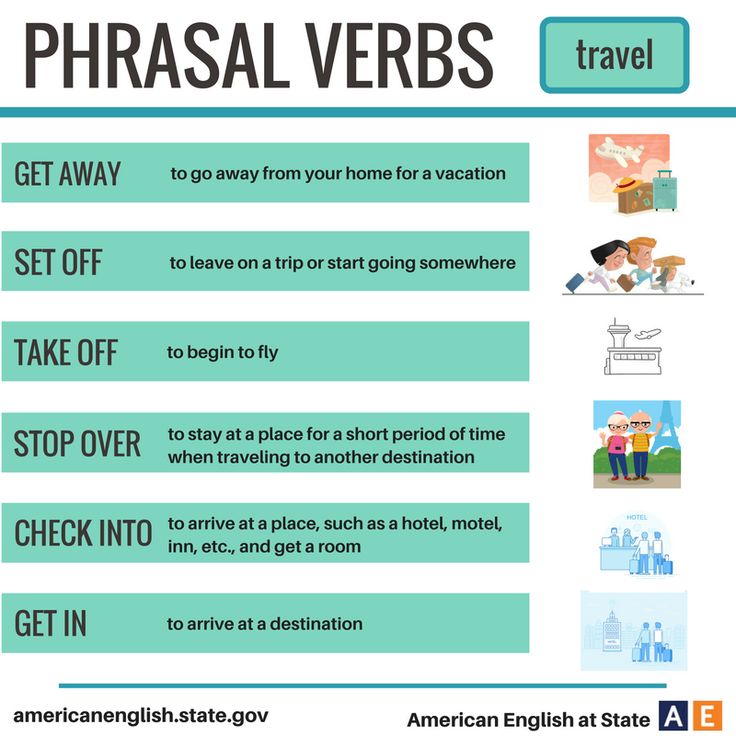
Baby food and travel snack ideas
If you need to bring some of your own travel snacks or food for your baby, some easy ideas include:
TRAVEL FOOD FOR BABIES
BEST TRAVEL SNACKS FOR TODDLERS AND BABY LED WEANING
The great thing with the baby travel food and toddler travel snacks below, is that the majority is minimal mess (if there is such a thing with BLW!) and incredibly easy to organise for travel.
- Raisins – or other dried fruit
- Cheese crackers
- Fruit squeeze pouch – apple is usually a popular one.
- Blueberries
- Toast strips/soldiers – Cut into strips and spread a little butter on.
- Cooked pasta – Convenient for snacks on the go or as a full meal. Once up in the air, ask a flight attendant for a cup of hot water and you can warm it up. Add cheese or fresh vegetables!
- Mini sausages – make easy finger food for older kids.

- Rice cakes
- Homemade muffins – Choose a baby friendly recipe with no honey and no added sugar besides fruit. You can freeze muffins and pull from the freezer anytime you need in a hurry.
- Bananas
- Granola bars
- Satsumas
- Cucumber and carrot sticks
- Roasted Veggies
- Thawed peas (from frozen) – Just take directly from your freezer and pack and go! They will need a short time to defrost to be ready to eat but the coldness will help keep everything else fresh too.
- Tofu strips – Pan fry tofu 1-2 minutes each side, then cool and pack.
- Bread sticks
- Porridge pots
- Cereal hoops
- Cheese – you can grate or shred it into fine pieces before you fo for baby to easily grab.
- Pancakes (with 3 ingredients) 1 ripe banana, 2 eggs, 1/12 teaspoons of coconut oil mixed together and cooked on a frying pan/skillet on a low heat.
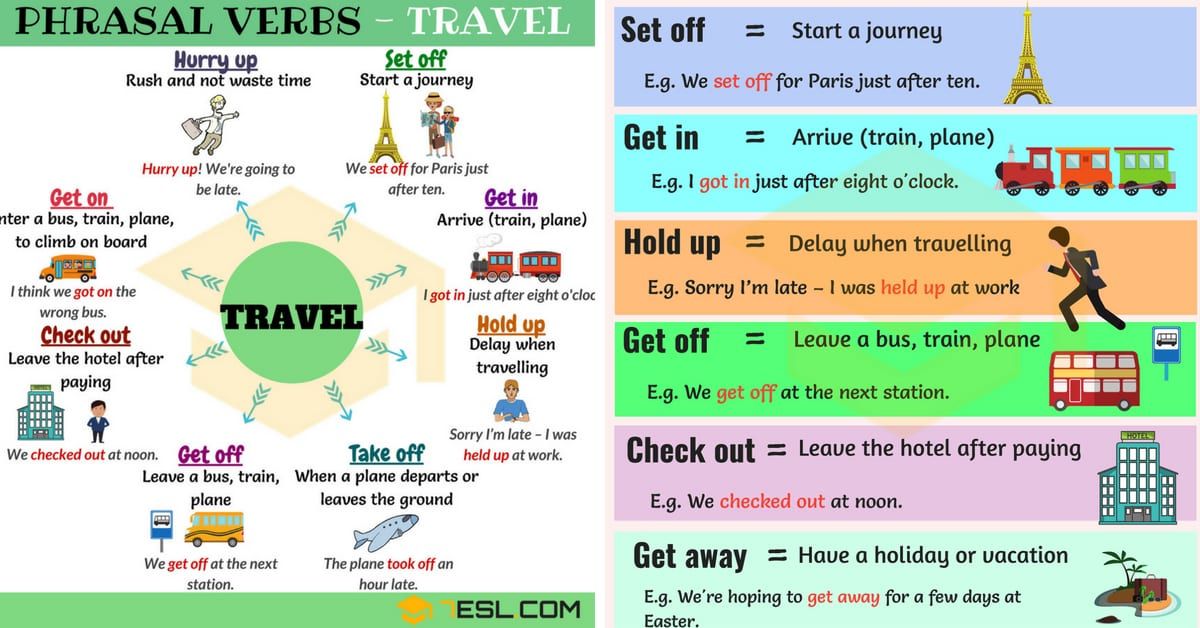 Once cooled they are ready to go.
Once cooled they are ready to go.
Anything that is fresh, remember to leave on the aircraft or check the countries customs laws. For example, fresh food of any kind is NOT allowed into Australia or New Zealand.
FOODS TO AVOID
Avoid candy, lollies and chocolate etc as a hyper kid on the plane is zero fun! The only exception is for older kids (when the choking risk is low) with a lollipop for top of descent – in case they find the ear pressure uncomfortable.
Some airlines may announce that food containing nuts cannot be consumed due to a passenger with an extreme allergy, so do not bring them just in case you can not use. Obvious no gos include whole grapes, jelly cubes, marshmallows or anything that could bloke an airway or large chunks which could be a choking hazard.
Remember many food products must be declared in certain countries. Always look at the customs card and if in doubt, bin it or declare it. I’ve always declared baby powder formula, even opened and have been allowed it. Countries like Australia will not let you bring any fresh produce in. Please check the latest customs laws.
Countries like Australia will not let you bring any fresh produce in. Please check the latest customs laws.
PACKING FOOD FOR TRAVEL
Before you decide on the types of food for traveling, you will need to consider a few things:
- How are you traveling?
- Is there any cold storage available?
- Can you easily get ice?
- Have you enough food to cover delays?
- What space do you have available in your case?
- Always pack more than you think you’ll need. Kids’ love to snack when on the go!
- Do you need portable travel blender for weaning babies or to make smoothies?
HOW TO KEEP FOOD COOL & HOW TO PACK BABY FOOD FOR TRAVEL
To keep the food fresh in my hand luggage, I take frozen gel packs from home AND empty Ziploc bags. Be aware some countries security laws may not accept icepacks/coolpacks/ gel packs to keep the food cool through security. Check at the check in counter if they are allowed and if you are caught out, pack the frozen gel packs in your suitcase and then use your Ziplocs to fill with ice from a cafe once airside and again from the crew onboard the plane.
(If you are traveling within the USA or from the USA the TSA rules for baby food DO permit cool-packs and gel pack use in your hand luggage. They will also permit frozen food. The UK will also allow frozen gel packs to keep baby food cool only)
If I am unable to use a frozen gel ice pack in my hand luggage, I always pack a couple extra in my main suitcase – that way they can be frozen at my destination and be used on day trips from the hotel to keep food cool.
An insulated food bag can then be used to place everything in for your baby. Travel food is then ready to go!
BEST TRAVEL FOOD CONTAINERS FOR BABIES AND TODDLERS
When flying with baby food or baby milk, it’s always best to first check airport security rules first for the types of travel baby food containers you can use – as they can differ. Where some airports will allow flasks, others won’t and some do prefer clear containers for transporting breast milk. eg at London Heathrow, “At London Heathrow Baby food or baby milk: breast milk can be carried in the cabin; when it is stored in a clear, transparent container or bag.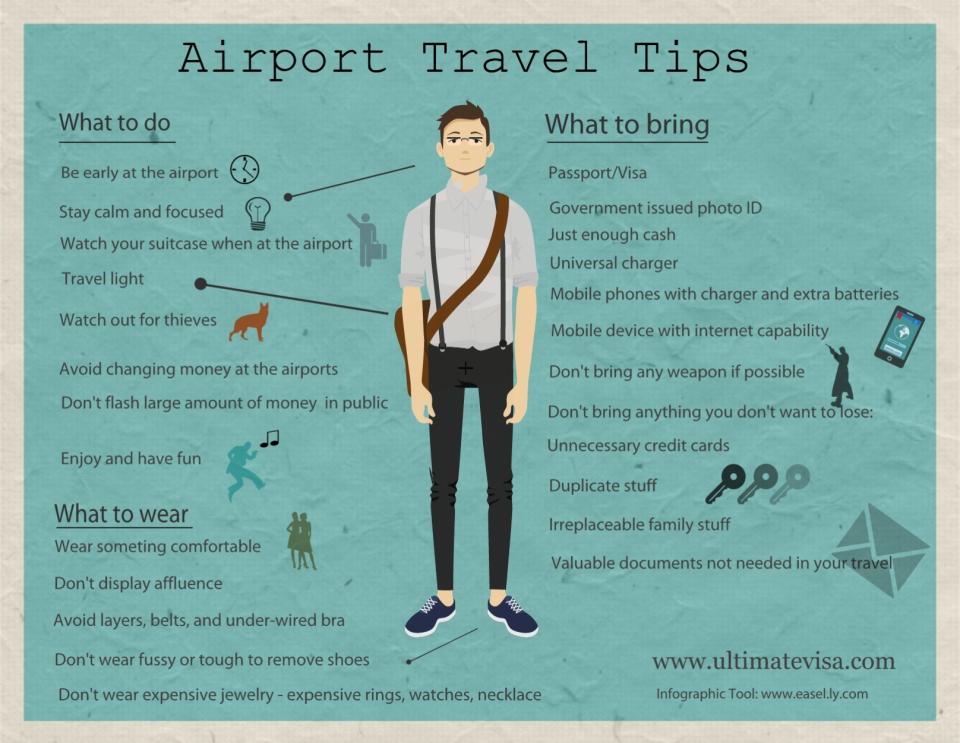 Flasks cannot be permitted.”
Flasks cannot be permitted.”
When you are packing travel food, especially homemade baby food, it’s harder to get replacements, so to avoid tears and tantrums, never put all of one type of food in once container, but spread it out over two, just in case of an accidental spillage. If your baby is doing baby lead weaning (BLW), or you have a toddler, it’s definitely easier to give them just a small amount at a time. For older children, Bento Boxes work well as you can pack a selection of items and keep it all in one place. Here are some of the best travel food containers for babies, toddlers and older kids.
Bento Boxes: You can buy great ‘bento’ style organizer boxes which can hold a variety of travel snacks for older children. These basic stackable Bento Boxes are affordable and fit about 1/2 a cups worth of food in each section.
Snack Catchers: Munchkin snack catchers are great to stop toddler and older baby spills on the go. They will get plenty of use whether you are on a long road trip with kids, an outing to the park or on a flight.
Collapsible Snack Containers: Collapsible snack containers are great for travel for obvious reasons, they save space!
Reusable Pouches: If you make your own baby food or want to fill with yoghurt, smoothies etc, these re-usable pouches are perfect for traveling with baby food.
HOW TO PREPARE BABY FOOD WHILE TRAVELLING?Preparing baby food while traveling is not as cumbersome as you may think. Whether you are on a road trip with a baby or need to whip up something homemade in your hotel room, you can use things from home to help. Hotels and restaurants are often used to such requests and will help, but if they are busy or where you are staying doesn’t have round-the clock room service, then bringing a small portable rechargeable blender can be a lifesaver to puree some veggies and fruit quickly. If you don’t want to pack a portable blender, then whole foods like bananas, ripe pears, mangoes or avocados can be mashed up immediately wherever you are to make instant baby food while travelling.
Once out about food can be kept warm in an insulated food jar or thermos which is great if you are for a day trip or excursion. If flying, check first as not all airport security will allow flasks.
OTHER USEFUL ITEMS FOR TRAVELING WITH BABY ON THE GO
- Bibs – a wipe clean bib is ideal for on the go.
- Baby Wipes/Washcloths
- Travel Booster Seat
Safety Tips When Feeding On The Go
- Do be mindful of choking as you would at home. It is harder to feed in an airplane seat, but try and keep a good view of babies face whilst you are feeding them. If they can sit in someone elses lap, this can help. Wherever you are, keep them sitting upright whilst eating.
If you have enjoyed this post and found it useful, here are some ways you can say thanks and support Flying With A Baby
1. Click here to buy me a virtual coffee (thank you so much!)
2.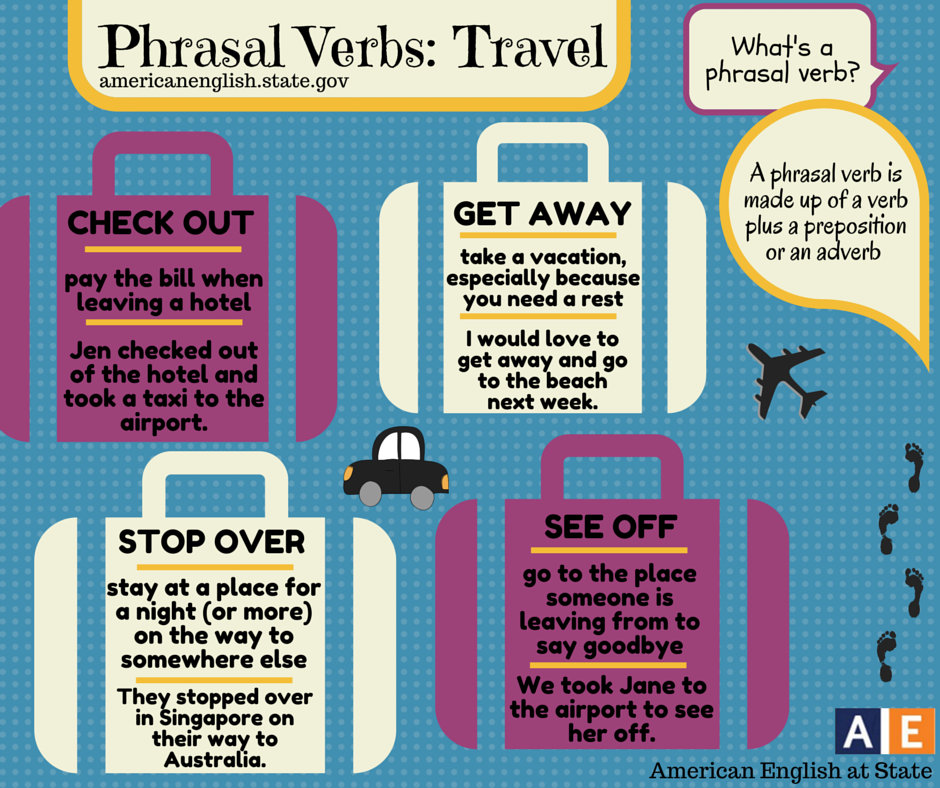 Join our Family Travel Forum: TRAVEL WITH KIDS WORLDWIDE Facebook Group here which includes lots of ideas & tips for things to do, places to visit around the globe and more with input from members who live or visit these places regularly.
Join our Family Travel Forum: TRAVEL WITH KIDS WORLDWIDE Facebook Group here which includes lots of ideas & tips for things to do, places to visit around the globe and more with input from members who live or visit these places regularly.
3. Click here to sign up for the latest family travel tips, guides and competitions.
3. Share this post with your friends.
4. Follow Flying With A Baby on the following platforms for exclusive content :
Thank you for your support as always.
Sharing is caring!
- Share
- Tweet
How to arrange meals for a child abroad
- Tips
- Katyuhis
- Add to favorites
katyuhis
The appearance of the baby makes adjustments to family life.
 If a young couple is used to spending holidays abroad, it is not necessary to give up vacation, but you will have to prepare for it in more detail. In addition to possible problems with acclimatization and flight, parents are often concerned about the issue of catering for a small tourist abroad.
If a young couple is used to spending holidays abroad, it is not necessary to give up vacation, but you will have to prepare for it in more detail. In addition to possible problems with acclimatization and flight, parents are often concerned about the issue of catering for a small tourist abroad.
Preparation is the key to a comfortable restChildren's digestive system is not perfect, as it is in the process of formation. Therefore, any change in the products that make up the main diet can lead to violations.
The primary task on vacation abroad is to provide the child with food that is as close as possible to his usual diet.
Choose a country
When planning a trip with a child under 2 years of age, it is better to refuse to visit exotic countries. Such a vacation is associated with a large number of difficulties, primarily related to the nutrition of the baby.
Bulgaria, Greece, Italy, the Baltic countries, Croatia, Montenegro are perfect for traveling with young children.
 European cuisine is presented in local hotels, more familiar and understandable. In addition, you will always find high-quality baby food in the supermarkets of these countries.
European cuisine is presented in local hotels, more familiar and understandable. In addition, you will always find high-quality baby food in the supermarkets of these countries. Today's popular holiday in Turkey and Egypt is suitable for young travelers from 2-3 years of age. When choosing a hotel, consider the peculiarities of the menu: in addition to local cuisine, be sure to check the availability of traditional European dishes.
If a vacation in a distant exotic country is important to you, get ready to carry a hefty supply of baby food with you: even the usual dishes prepared in a "prosperous" hotel in all respects using local water, products and spices can cause the baby has an unpredictable reaction.
Pediatricians and pediatric gastroenterologists often experience what is known in medical circles as "traveler's diarrhea". This pathological condition develops during or after visiting countries where sanitary and hygienic standards differ from those in their homeland.
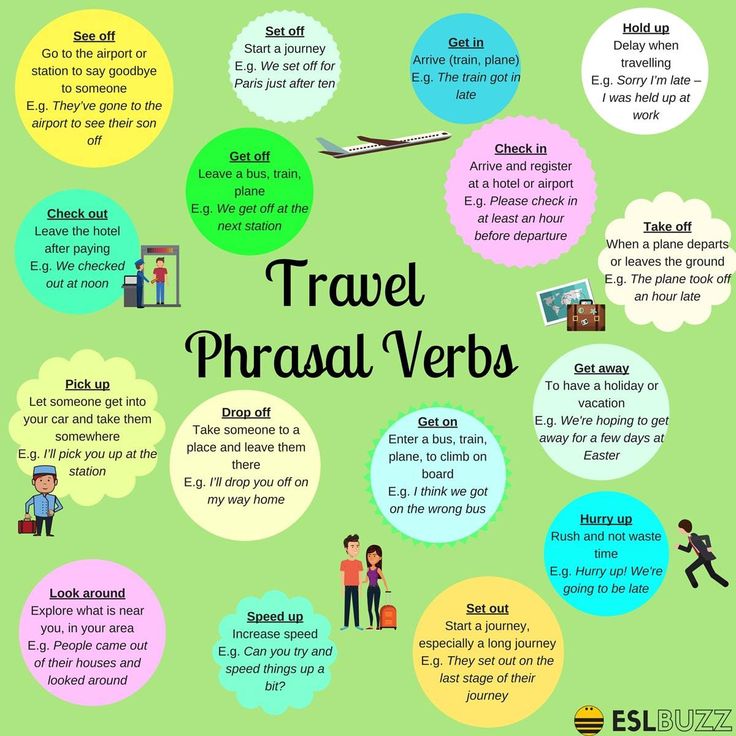 According to doctors, the most unfavorable in this respect are South and Southeast Asia, Central America, and many African countries.
According to doctors, the most unfavorable in this respect are South and Southeast Asia, Central America, and many African countries. Living conditions
Many families with small children solve the issue of food by renting apartments with a separate kitchen. Thus, the mother has the opportunity to cook the usual dishes for the baby herself.
Tip: if your travel budget does not allow you to rent a fully equipped apartment, take kitchen gadgets from home (small slow cooker, blender) and a small supply of cereals that you may not have in a new place (for example, buckwheat).
When choosing to stay at a hotel, please note that under the wording "children's menu" the standard fast food is often hidden: french fries, cola, hamburgers and sausages. Therefore, look for the “diet cuisine” option: the dishes presented here are more suitable for a young tourist.
Please note that buffet meals do not always mean food suitable for young children.
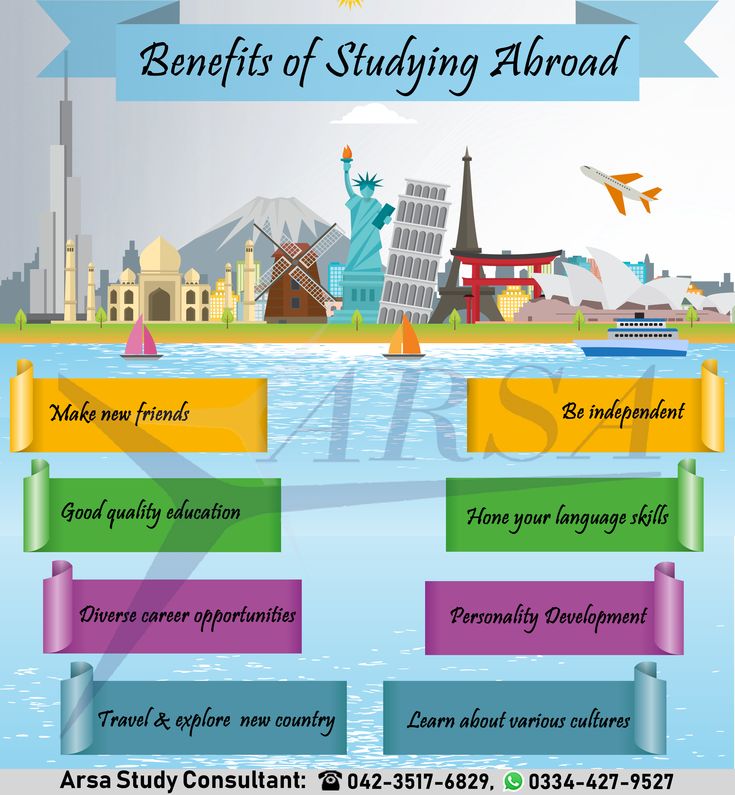
Organization of children's meals on vacationWhat to take with you
Wherever you go in the world, in any case, you should take the minimum amount of food familiar to a child. In the first days of vacation, spending time and nerves looking for a treasured jar of mashed potatoes in an unknown area is a thankless task, even if we are talking about a civilized European country.
In addition to canned food, bring along a supply of dry cereals and mixtures.
If you are traveling with a toddler under the age of 2, bottled water is a must. The use of familiar water in the first days of being abroad will facilitate the adaptation of the baby's digestive system to new conditions. This is especially true for holidays in exotic countries.
According to the rules of air transportation, when traveling with a child, you can carry baby food as hand luggage in any amount, based on the needs of the baby during the flight.
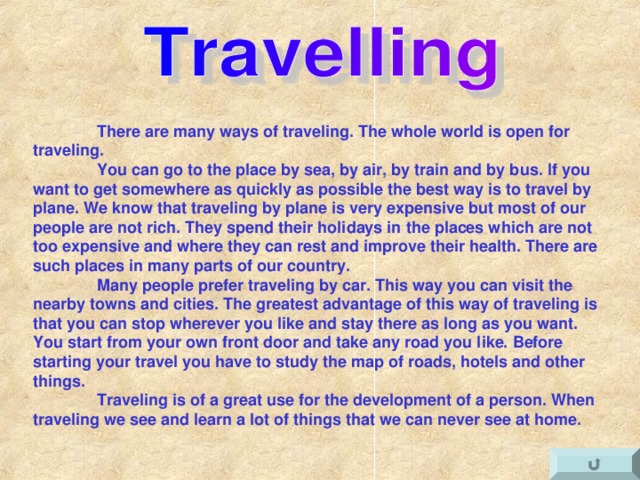 It is not subject to weighing, registration and registration, is not marked with tags.
It is not subject to weighing, registration and registration, is not marked with tags. Buying baby food abroad
If your holiday lasts longer than a week, you will most likely need to buy baby food from a local retail chain.
In front of a showcase with jars and boxes full of inscriptions in an incomprehensible language, one can get confused.
Pay attention to the labels: most often they show vegetables and fruits from which food is made. If you cannot determine what exactly is drawn (perhaps it is a local fruit or vegetable not common in our country), discard this option. Follow the mushroom picker's rule: if you doubt a find, don't take it!
Important: in different countries, the contents of jars with identical filling are different, as they are made from different raw materials. Therefore, give your child locally produced baby food, using the rule of complementary foods: in small portions and in the morning, in order to be able to follow the reaction of the body.

Look on the packaging for information about the age at which you can give the product to your baby, as well as the expiration date. This information is usually indicated by numbers.
In addition to jars and boxes, don't forget to buy bottled baby water.
How to choose ready-made meals at the hotel
If the hotel offers buffet meals, choose dishes familiar to the child from the presented assortment: boiled potatoes, pasta, cereals from familiar cereals, fish (not exotic), cooked on steamed or baked, boiled chicken meat, products made from thermally processed cottage cheese: casseroles, cheesecakes.
It is better if the dishes are one-component: avoid complex options with difficult to determine the composition. The use of hot and fatty sauces, hot spices and spices is unacceptable.
If the hotel offers a diet option, choose this option.
If the baby is breastfed
Traveling with a baby imposes restrictions on the mother's diet.
 If you are breastfeeding, new foods in your diet can cause unpredictable reactions in your baby, including food allergies and digestive problems. Therefore, avoid complex national dishes, fatty, spicy, spicy foods, exotic fruits and vegetables.
If you are breastfeeding, new foods in your diet can cause unpredictable reactions in your baby, including food allergies and digestive problems. Therefore, avoid complex national dishes, fatty, spicy, spicy foods, exotic fruits and vegetables. Air travel and acclimatization can lead to reduced breast milk production, so take a small supply of formula with you.
Forbidden
In order not to overshadow the rest, remember: there are products that cannot be included in the menu of a young tourist:
- Dishes of national cuisine, especially spicy, fatty, made from components with which the child is unfamiliar. For example, most national Indian dishes are prepared with a lot of oil and spices.
- Local fruits and vegetables. Older children (after 2 years) can be given these products, following the rules recommended by pediatricians: in small quantities, in the morning and one kind at a time. If the tasting went well, only then offer the child something new.
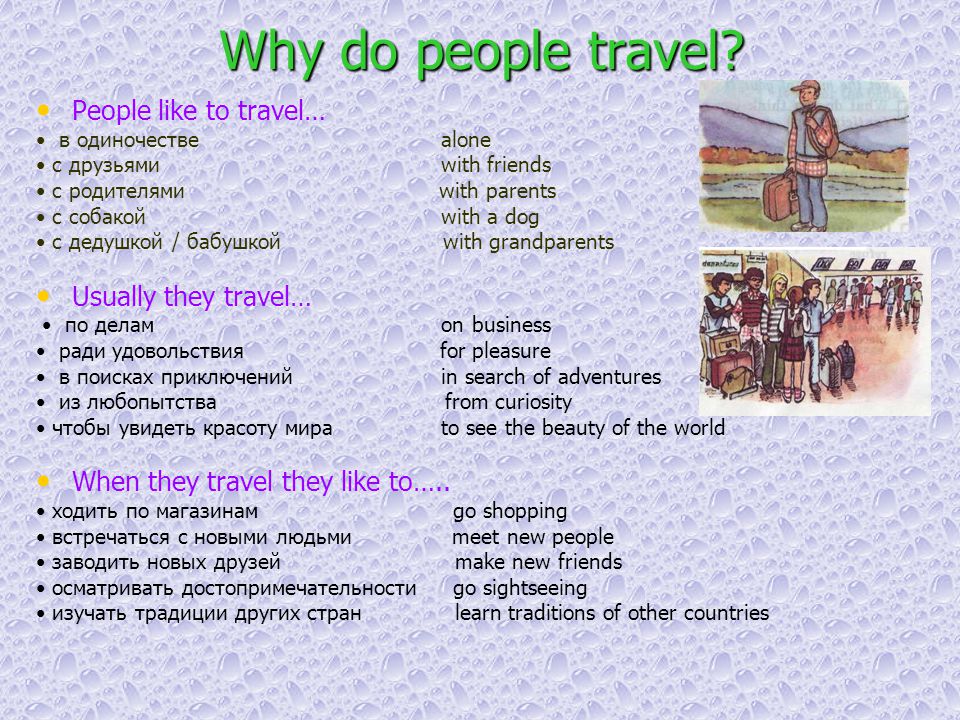 Allergists warn that the reaction of the child's body to a new product may appear after 1-2 days, so do not force things.
Allergists warn that the reaction of the child's body to a new product may appear after 1-2 days, so do not force things. - Carbonated soft drinks.
- Products sold by street vendors (especially in markets and beaches).
- Exotic fish and seafood.
- Local dairy products from spontaneous markets.
In addition to serious digestive disorders, almost all of the listed food groups can cause a severe allergic reaction in a baby.
According to allergists, from the list of foods that most often cause allergic manifestations in children, the leaders (90%) are fish and cow's milk.
Water is a hazardous product
Unhygienic drinking water is no less dangerous for a small child than unfamiliar food. If in European countries the quality of drinking water is controlled by the state, then in exotic countries the situation is different.
According to Water.org, a non-profit organization involved in supplying drinking water to developing countries, popular tourist destinations where tourists are strongly discouraged from using tap water include India, Cambodia, Laos and Haiti.

Give your baby only bottled water for baby food. You can also use it to wash fruits and vegetables. The use of tap water for these purposes is excluded. To wash children's hands, use at least boiled water, and ideally, the same bottled water.
If you're traveling with an older child and have a refreshing fruit smoothie in their diet, check out the ice cubes used for a spectacular serving. There is a risk that they are made from water that does not meet sanitary and hygienic requirements. Therefore, limit yourself to a drink without ice cubes.
Let your vacation be filled with only pleasant surprises!
Tatyana Koroleva
"Can he have a mango?". How and what to feed your baby while traveling
Traveling with a baby is a challenge. And the nutrition of a child on a trip is even more so. Should I give my child local fruits and vegetables? And take a supply of complementary foods with you? They tell in the FrutoNyanya blog.
The answers to these questions depend on a number of factors.
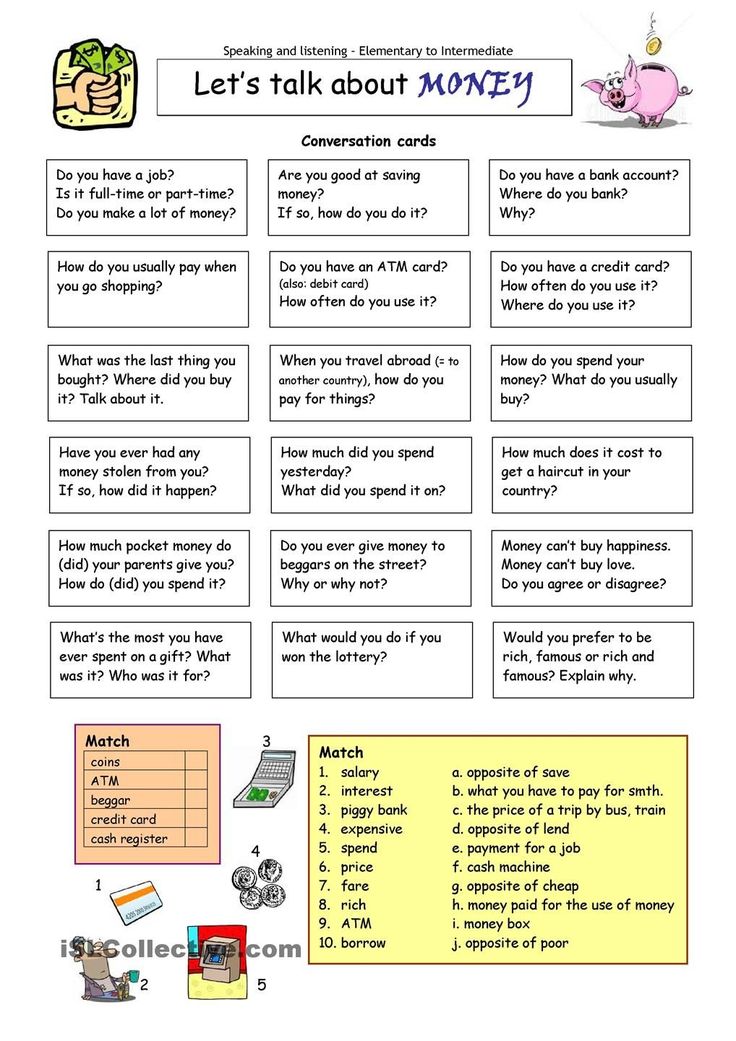 Therefore, when going on vacation, it is important to take into account the age of the child, his daily diet, as well as the place where the family goes on a trip.
Therefore, when going on vacation, it is important to take into account the age of the child, his daily diet, as well as the place where the family goes on a trip. Feeding infants on the road
If the baby is under six months of age and is breastfed, then there should be no problems with nutrition while traveling. All he needs is his mother by his side. For convenience, you can stock up on various accessories for feeding in public places. For example, clothes with cutouts or nursing secrets, aprons or a muslin cape. Today, almost all airports in major cities and many shopping centers have mother and baby rooms where you can feed your baby.
Parents of artificial and mixed-fed children will have a harder time. It is important to understand whether it will be possible to replenish the supply of the mixture at the place of rest, so as not to take a large supply with you. If yes, you need to take with you the amount required for 24-hour feeding on the road, plus an additional 3-5 days of travel.
Photo: Miljan Zivkovic / shutterstock / fotodom This is necessary in case of delays and cancellations of flights or other transport delays.
This is necessary in case of delays and cancellations of flights or other transport delays. Take a bottle and a travel sterilizer with you. It is most optimal to use the mixture in packages designed for one feeding; it is convenient to take such bags with you in your hand luggage. It is best to take on the road a new dry mix in a closed package. You can store and transport it at room temperature, it is important not to keep the package in the sun.
It is not recommended to take the prepared mixture with you, as it requires strict adherence to special storage rules:
- The container with the mixture must be sterilized;
- Preserve formula must not come into contact with the baby's saliva before. If part of the mixture remains after feeding, then it must be poured out. Such a product is not subject to storage;
- When storing the mixture, the temperature in the refrigerator should not exceed 5-7 °C.
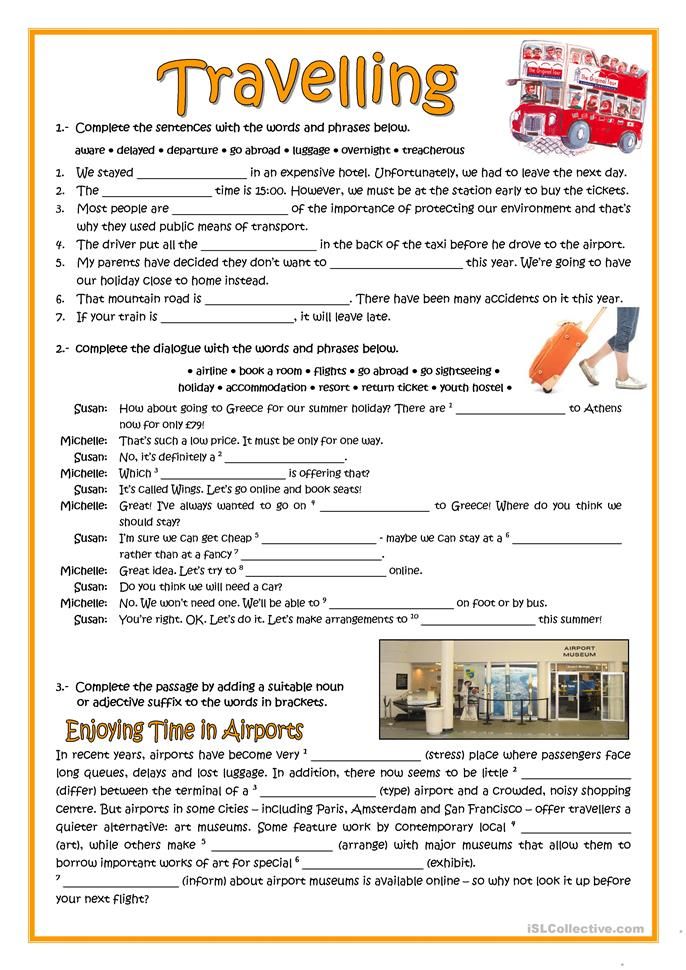
Do not forget about clean bottled water in the amount necessary for the trip. Water "FrutoNyanya", designed specifically for children, is perfect for diluting infant formula. It does not require boiling, and bottles in 0.33 format are equipped with a special convenient spout that makes it easy to water a child on the road. At the resort, it is also better for formula-fed babies to dilute the formula with bottled water. It is important to ensure that the integrity of the cap and bottle is not broken, and that the bottle itself contains marks that the water is suitable for baby food.
Feeding for children from 1 year old while traveling
Children under one year old and older who have already begun to introduce complementary foods into the diet, you need to take with you a supply of familiar foods for the first time. It is undesirable to introduce a child to new products a few days before the trip and in the first days of the trip: this is fraught with indigestion or an allergic reaction.
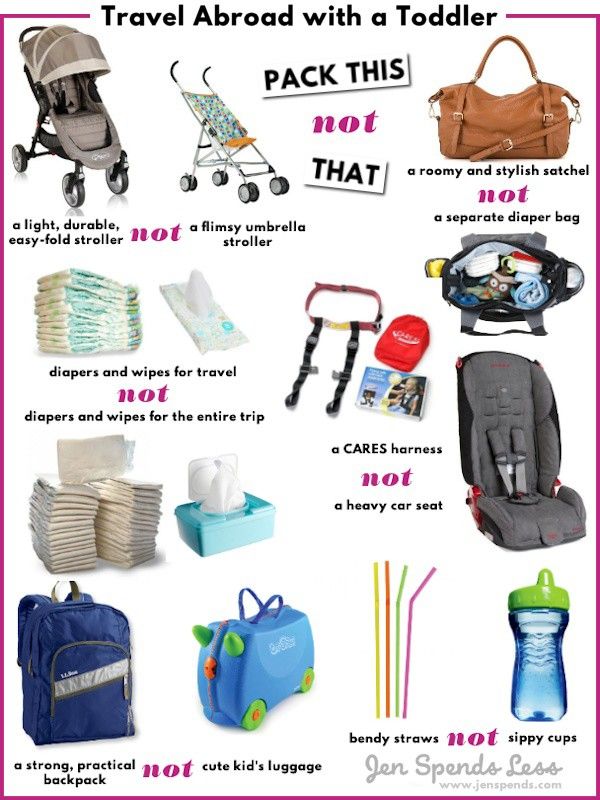
The most convenient food option for children under 3 years of age while traveling is prepared baby foods. Industrial food is the safest for feeding on the go: thanks to the sealed packaging, germs will definitely not get into it until the lid is opened. In addition, manufacturers of baby food are required to carefully control the quality of products from shelf to counter. Mom and dad do not need to spend time cooking, you can enjoy the happy moments of family vacation.
Photo: Anna Nahabed / shutterstock / fotodomThe gastronomic preferences of children abroad can differ significantly from those we are used to: in some foreign countries it is difficult to find zucchini puree, so popular for the first feeding in Russia. It is important to strictly follow the rules for introducing new products in relation to unfamiliar components of foreign purees or local exotic fruits and vegetables.
For the first time, take with you foods that are already familiar to your child and that you are sure are safe: these can be dry cereals, baby cookies, vegetable, meat and fruit purees, as well as your favorite juices and drinks, depending on the age and diet of the child.
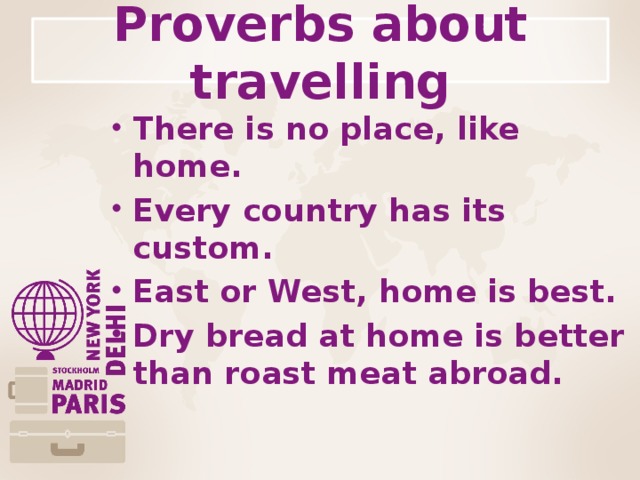 For a snack by the sea or a walk, you can take healthy snacks without added sugar - bread, corn sticks, fruit pieces and other goodies that are produced by children's brands. Baby food can also be bought on the spot, but it is important to remember that acquaintance and transition to new products must be carried out gradually, over 3-5-7, and sometimes 10-14 days, based on the individual characteristics of your child's health.
For a snack by the sea or a walk, you can take healthy snacks without added sugar - bread, corn sticks, fruit pieces and other goodies that are produced by children's brands. Baby food can also be bought on the spot, but it is important to remember that acquaintance and transition to new products must be carried out gradually, over 3-5-7, and sometimes 10-14 days, based on the individual characteristics of your child's health. Do not take with you when traveling and on the road:
- Dairy and sour-milk products that should be stored only in the refrigerator;
- Perishable goods;
- Products with expired or damaged packaging.
5 tips for parents who are thinking about how to organize their child's meals while traveling:
- Think through all the issues with feeding and feeding the child in advance. Try to plan your life in advance, study local forums, ask acquaintances and friends who have already been with a child in this place what to look for.



